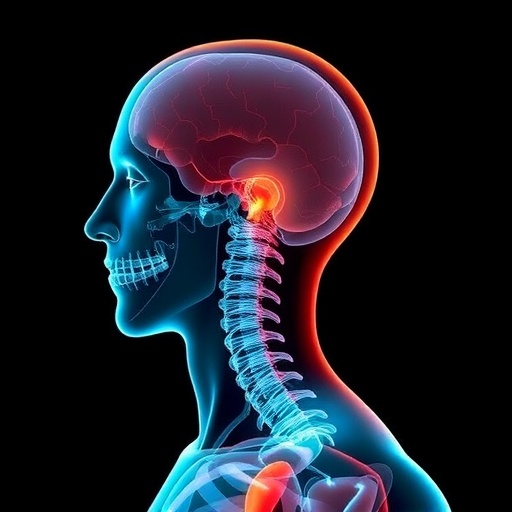Rockville, Md. (March 6, 2019)–New research suggests that young women with a family history of high blood pressure (hypertension) have decreased baroreflex function, which may increase their risk for hypertension later in life. The article, published ahead of print in the Journal of Neurophysiology (JNP), was chosen as an APSselect article for March.
The baroreceptor reflex–sometimes referred to simply as the baroreflex–helps maintain a steady blood pressure by changing heart rate or resistance in the blood vessels. Baroreflex sensitivity measures how well the baroreflex is able to control blood pressure by changing heart rate. Reduced baroreflex sensitivity can be a marker for hypertension and heart disease.
Researchers studied baroreflex function in two groups of healthy young women. One group had at least one parent with hypertension and the other group did not. The research team measured the volunteers’ blood pressure, heart rate and nerve activity during a period of rest and during a test called the Valsalva maneuver. The Valsalva maneuver is when a person tries to exhale with their mouth closed and nose blocked, which causes changes in blood pressure. Researchers measured heart rate responses during these changes in blood pressure to assess baroreflex sensitivity. The women with a family history of high blood pressure had reduced baroreflex sensitivity–both at rest and during exertion–compared with those without hypertensive parents.
“Demonstrating these findings in women is important given the increased rates of hypertension during pregnancy as well as after menopause. Additional longitudinal data are needed to understand the association between altered autonomic function in women with a family history of hypertension and the risk of preeclampsia and hypertension later in life,” wrote the researchers.
###
Read the full article, “Altered baroreflex sensitivity in young women with a family history of hypertension,” published ahead of print in the Journal of Neurophysiology (JNP). It is highlighted as one of this month’s “best of the best” as part of the American Physiological Society’s APSselect program. Read all of this month’s selected research articles.
NOTE TO JOURNALISTS: To schedule an interview with a member of the research team, please contact the APS Communications Office or 301-634-7314. Find more research highlights in the APS Press Room.
Physiology is the study of how molecules, cells, tissues and organs function in health and disease. Established in 1887, the American Physiological Society (APS) was the first U.S. society in the biomedical sciences field. The Society represents more than 10,000 members and publishes 15 peer-reviewed journals with a worldwide readership.
Media Contact
Communications Office
[email protected]
http://dx.




